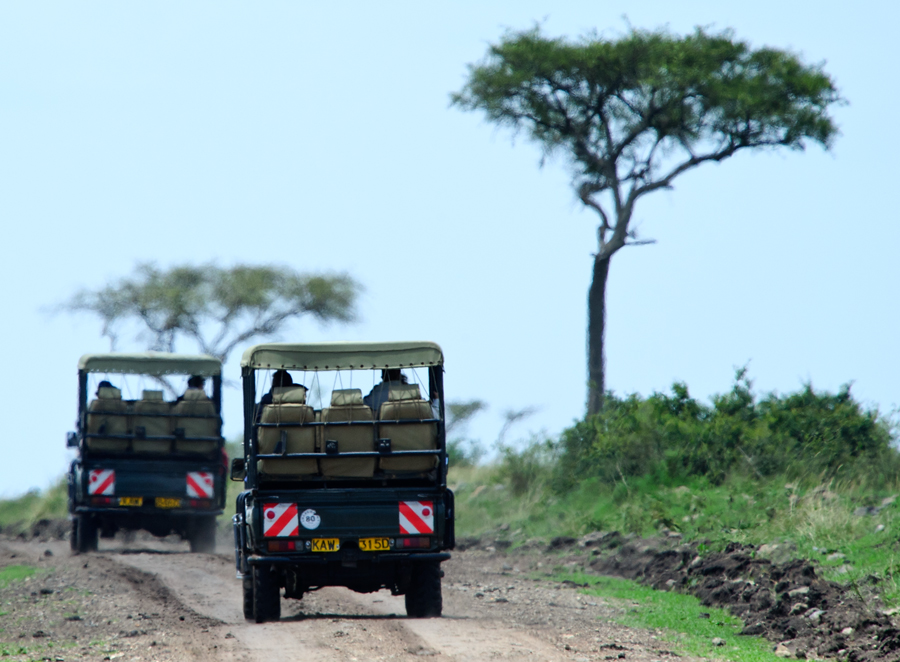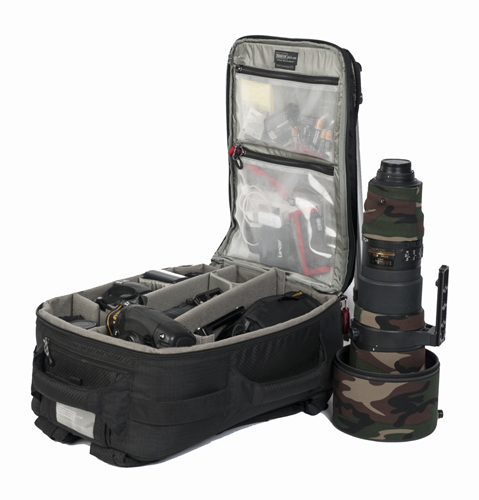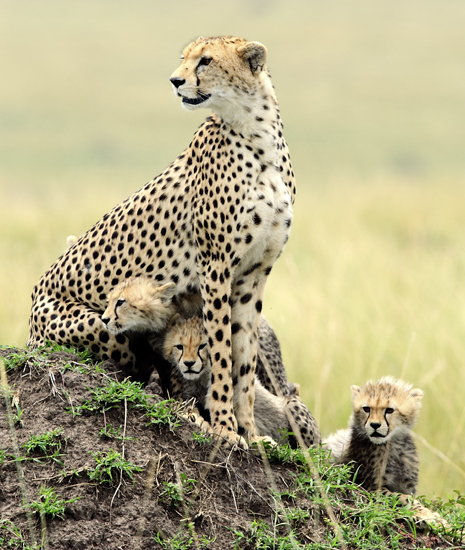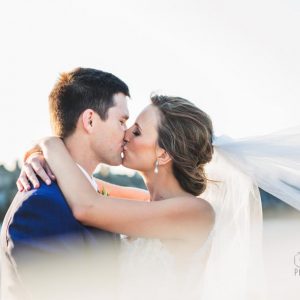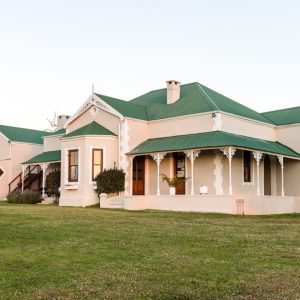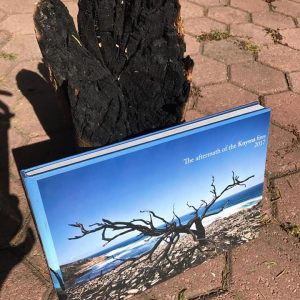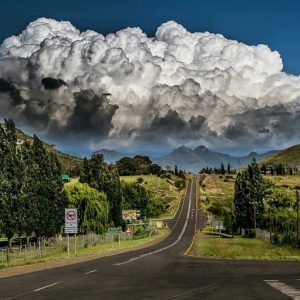Spending a week photographing the big five and game in Africa is high on the dream list of many photographers. So, when you get the opportunity, make the most of it. It’s really worth searching out tour operators that understand the needs of photographers…being jammed into a tiny vehicle with lots of tourists elbowing you is really not the way to do it!!
For me, travel photography ticks all the boxes, exploring the creative possibilities of your camera in new locations is about as good as it gets.
Travel photography is more than just hopping on a flight and snapping a famous landmark or wildlife. It requires as much skill as preparation.
Planning you trip
Homework is the key to successful travel photography. Make sure you’re in the know before you go. The more information about a place you arm yourself with before you arrive at you’re destination, the better equipped you will be to make the most of your photographic trip.
Tourist websites are usually a good source of tips and advice, while popular stock photo libraries can give you an idea of the kind of pictures you could come back with. You should also do your research about any potential events that take place in the area you’re visiting.
Stay safe
Traveling can be a risky business, so make sure that both you and you’re equipment are adequately covered against loss or damage. Remember to check the entry requirements for your destination. Apply for the necessary entry visas well in advance. Have the vaccinations necessary, you could be refused entry back if you don’t. For advice on vaccinations and health contact your local travel clinic or doctor.
The gear you need
You need to be ruthless when deciding what to camera gear to pack. Two reasons not to carry all your gear is firstly, weight. Secondly, you’ll be paralyzed with indecision when you try to take a shot.
For wildlife photography pack a telephoto lens such as a 600mm or a 200-400mm lens. If you don’t own one, consider hiring one.
Although you can get very close to animals and and you don’t necessarily need such a long lens, the narrow field of depth that the longer telephoto offer, enables you to get a tighter crop and clean shot. Practice using the lens before you go, the extreme magnification makes tracking moving animals a art form. Telephoto lenses really expose focusing inaccuracies when used at wide apertures.
Preferably two camera bodies. And a wide angle lens for landscape shots, here a 24-70mm will work just fine. Buy as many memory cards as you can afford , there is nothing worse than losing THAT shot because you’re memory card is full, or deleting shots to free up space. Depending on the trip you have planned, take a laptop as well, so that you can back-up files. I use a Lacie All-Terrain Hard Disk for this.
Essential accessories include spare camera batteries and a battery charger, travel adaptors and cleaning items- a blower brush for dust and a lens cloth.
Then there are accessories that can extend your shooting options without adding much bulk to your bag. For instance, converters enables you to focus closer. If you want to do some flash photography, pack extra batteries.
One of the biggest headaches caused by travel photography is deciding how to get you gear safely from A to B. You will want to take as much as you can onto the plane in your hand luggage.
A few camera bags are specifically designed to comply with airline requirements regarding permitted hand luggage size. Look for the airline carry-on logos on camera bags. I use a Think Tank Airport acceleration.
Tips for air travel
To ensure you have a hassle-free experience during check-in and boarding you seriously need yo have your wits about you.
Check in early and be ready for x-rays. Smile and be friendly when going through security bag scanning, and don’t draw attention to yourself. If you’re asked for a further search then be co-operative and attentive, otherwise you may get a more probing investigation.
Board quickly… get in the queue as soon as your row is called for boarding – you will then be more likely to have enough space to stow your gear safely in the overhead compartments.
Travel anonymously…look like a photographer and you’ll become a target for opportunist thieves. Consider using a a rucksack, like Think Tank, that don’t scream camera inside!!
I wear a light jacket with plenty of zip pockets that is useful for all extras, like your passport and money.
Make a list of your camera equipment with serial numbers and have this declared at customs before you leave. Some customs officials may want to see it on entry.
Safari challenges
Safaris can be very dusty experiences, so don’t change lenses while the vehicle is moving. This is where the second camera body comes in handy. Fit it with a shorter lens, that way you can get different interpretations of the same scene without exposing the camera sensor to dust.
As you will be on an open game vehicle, support is a serious consideration. For sharp images you need good support for your camera. On a safari vehicle this is particularly difficult. Beanbags are the most versatile option, but you can find yourself in some very awkward positions when using them, especially if there is no support at shoulder height to comfortably take photos. Consider a monopod with a gimbal head attached to it for better movement and stability. The gimbal head is an excellent way to manoeuvre a large lens and is probably the best solution for photographing from an open vehicle. The monopod gives you some flexibility to move around, and once you brace it against the side of the vehicle, it provides excellent stability.
Some companies sell brackets that you can fit to a safari vehicle. As this will be an expensive expense, make sure you will be able to use it more than once. This bracket also adds weight to your equipment bag, so, consider packing it in your suitcase.
Considering all the above……traveling is ‘As good as it gets!”

